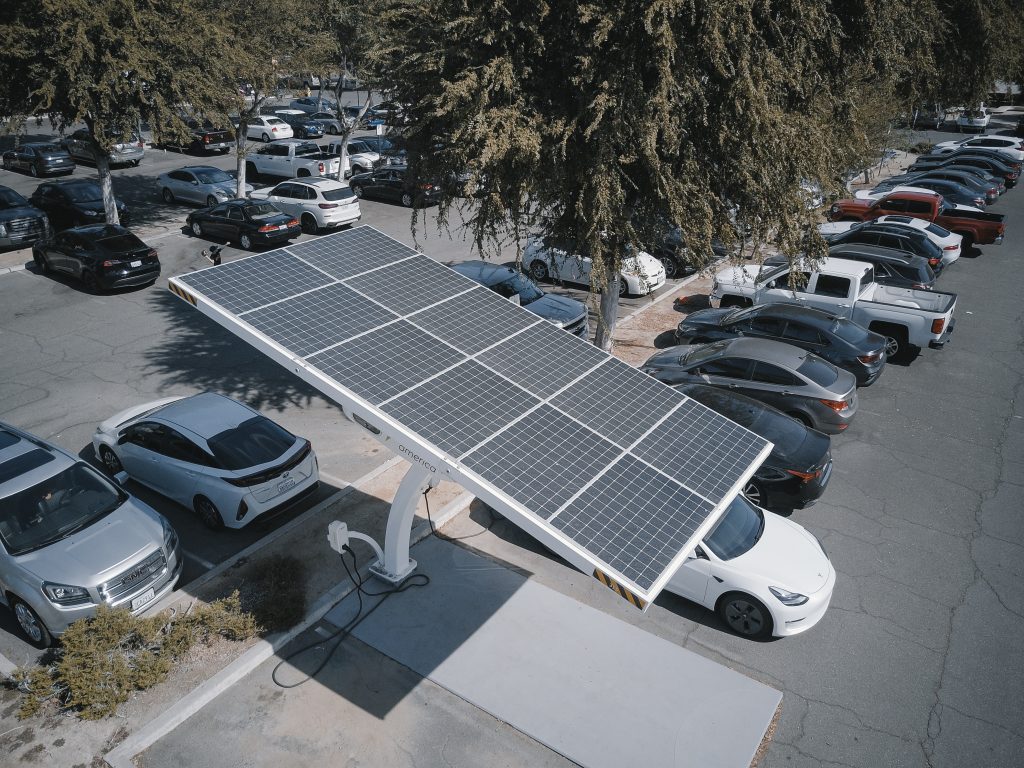Last updated on September 21st, 2023
Bio-diesel has been around ages. Several car manufacturers have allowed the use of bio-diesel-blended fuel in their products. Bio-diesel is a fuel produced from organic sources like vegetable oil and animal fat. Its production is relatively simple and it’s compatible with most diesel engines.
Exactly how beneficial is this alternative? There are a few catches. Most importantly, bio-diesel is only environmentally beneficial when produced in limited quantities. Bio-diesel produced by focused cultivation of crops results in the loss of forest land. This counteracts the pollution-reducing properties of bio-diesel, as trees are the primary converters of CO2.
Bio-diesel by itself doesn’t release a lower amount of greenhouse gases as compared to fossil fuels. Its beauty is in the production. Producing bio-diesel (mostly from plant stocks) takes up atmospheric CO2, which is then released back into the atmosphere by burning. This means no net change in the overall atmospheric content of CO2, as opposed to fossil fuel burning, which adds to the overall atmospheric CO2 levels. Bio-diesel is, however, a cleaner fuel. It has a much lower proportion of particulate emissions and sulfurous by-products. Some varieties of bio-diesel have been found to reduce the overall release of GHG’s by 57-86%.
It also has more efficient performance characteristics. Bio-diesel has a certain number between 48 and 60 as opposed to that of petrol, diesel, which is generally around 40. The cetane number is a measure of efficiency and, in extension, emissions of the fuel. Moving on to other geopolitical benefits, bio-diesel, being indigenously produced, is an economic boon. It is cheap and can be easily produced. Greater use reduces the nation’s burden on foreign fuel, reducing the trade deficit. As it is a domestic product, the production also provides a lot of job opportunities.
So what are the problems with bio-diesel? Not many, actually
The major problem pertaining to bio-diesel production is the CO2 emission at the production stage. A lot of bio-diesel comes from plants like soy, sugar cane and palm oil. These require huge plantations to grow. Growing and managing such plantations requires a lot of energy in itself. Growing crops specifically for bio-diesel production requires a careful balance of the amount of energy being invested and the yields. Also, this takes up a sizable portion of a nation’s arable land, placing a strain on its food cultivation. Sometimes, this results in a conversion of even more forest land into agricultural land. Deforestation reduces the earth’s CO2 recycling capacity.
Another problem is the prevalence of diesel engines in the market. Vehicles running solely on bio-diesel are a bad idea for a variety of reasons (presently, at least). Therefore, bio-diesel has been restricted to use as an additive. Most engines require re-calibration to function properly with such mixed fuel. However, the last few years have seen an increasing number of car manufacturers making vehicles with engines that accept certain specific mixes of bio-diesel. The growth potential for bio-diesel is infinite. If managed properly, the day may not be far off when all cars run on domestically-produced, clean and high-performance bio-diesel. This, however, requires a fair amount of caution and planning as such an idea is just as likely to backfire.

 Incredible ideas seem to come to the fore when the future of the planet is at stake. The most recent developments in the Hydrail has shown that the planet has enough brain power to see this through, however, not enough time. The clock is ticking for governments to meet their 2020 targets. This is simply not just a strategy for emission reductions, it is the very essence of our survival.
Incredible ideas seem to come to the fore when the future of the planet is at stake. The most recent developments in the Hydrail has shown that the planet has enough brain power to see this through, however, not enough time. The clock is ticking for governments to meet their 2020 targets. This is simply not just a strategy for emission reductions, it is the very essence of our survival. If you live in the USA, you might have to think a bit more before you buy an electric car. The reason? Some areas of the States have it better than others. It turns out that a lot of things depend on where you live. The range your car will have and the emissions that it puts out can be hugely different. It seems that geography is actually a big factor in how your car works!
If you live in the USA, you might have to think a bit more before you buy an electric car. The reason? Some areas of the States have it better than others. It turns out that a lot of things depend on where you live. The range your car will have and the emissions that it puts out can be hugely different. It seems that geography is actually a big factor in how your car works!